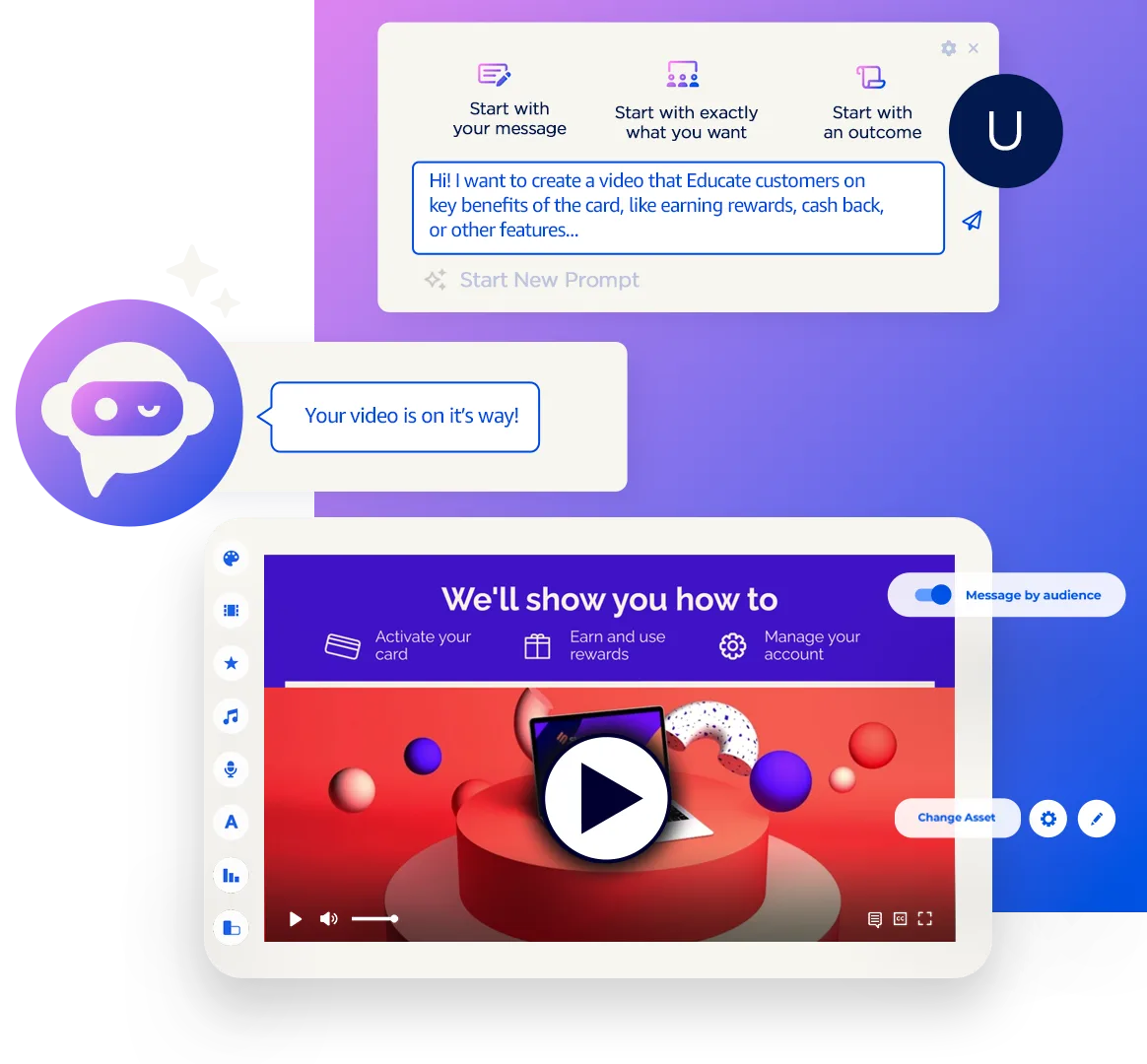The telecommunications industry is the 4th largest U.S. digital ad spender, following retail, financial services and automotive. The telecom providers wielding these huge ad budgets are facing many industry changes – from higher market saturation and mergers between providers to challenges associated with the growing number of cord-cutters – all of which affect their ad strategies and how they attract and retain customers.
When wireless carriers and cable operators individually engage their target audience through the most captivating medium – video – they are able to profitably defend and grow revenue, strengthening their competitive position. In an industry facing higher market saturation, mergers between providers and a shift in consumer preferences, it’s imperative for providers to innovate their approach to customer acquisition and find a way to better captivate and engage their audiences.
Video has more potential to influence a buy decision at a distance, with or without a click, as it is a more personal, intimate medium that captures user attention and engagement for longer periods (a video ad engages the viewer for 15 to 30 seconds compared to search and display ads, which engage users for two to three seconds at most). Historically, video had been viewed as a pure brand-building medium for telecommunications marketers, with success defined by awareness indicators such as eyeballs, gross rating points and impressions. However, as telco providers incorporate customer data into video and develop personalized video advertising strategies, video moves beyond simple brand building and crosses into the performance world. Personalized video can now be held accountable for performance objectives, such as conversions and revenue, while also delivering measurable brand impact.
Gone are the days where we only measure the return on investment (ROI) on in-session clicks. Technological advancements have made advanced attribution methodology possible, and we can now observe all touch points that lead to a conversion. For personalized video campaigns, any click-based attribution model under-values the effect of merely viewing the video.
Every personalized video ad program starts with effective monitoring and targeting. Before launching an ad program, on-site visitor behavior should be tracked and monitored, then coupled with profile, historical and situational data to build an effective targeting pool and ensure that the right audience is reached.
Not only is it important to reach the right audience, but it’s also critical to serve the appropriate story to each individual viewer. Rather than showing the same video ad to all viewers, personalized video technology enables telco marketers to deliver ads that are personalized to each viewer on a one-to-one basis. Each story can vary based on any number of first- and second-party data elements gathered about the individual.
With an understanding of program impact as based on total incremental visits, conversions and revenue delivered, programs can then be optimized based on performance metrics (for example, clicks, return visits accompanied by a click or not, content viewed before or after ad exposure, etc.) to improve the program impact over time.
Audience targeting, story selection and content are ineffective without leveraging programmatic buying. A programmatic approach has proven to provide the best advantage, as it allows telco marketers to identify target viewers and serve personalized video ads according to a viewer’s attributes in real time.
Personalized video ads are unique to each individual viewer and support customer acquisition by leveraging consumers’ online activity, history and behavior. Because the messages and promotions within an ad are highly relevant to each viewer at the moment the ad is viewed, brands can more effectively drive conversions, revenue and brand awareness.
For example, a wireless carrier could deliver millions of ad permutations that each promote a different device, plan, promotion or competitive message, then personalize each permutation based on consumer signals, such as browsing behavior, current device or plan, current provider as based on IP address, geo-location, and more. Each viewer is served an ad for the offer they’re most interested in, with personalized messages that make the ad more engaging and effective.
As telecommunications marketers allocate more budget toward digital video advertising – and specifically personalized video advertising – there’s a more pressing need to hold programs accountable and ensure a strong return. From engagement rates to viewability and more, marketers have many available metrics by which to evaluate online video ad performance. One thing is certain, though: no matter the metrics, personalized video ad programs should deliver a strong business impact and ensure an incremental revenue increase.







